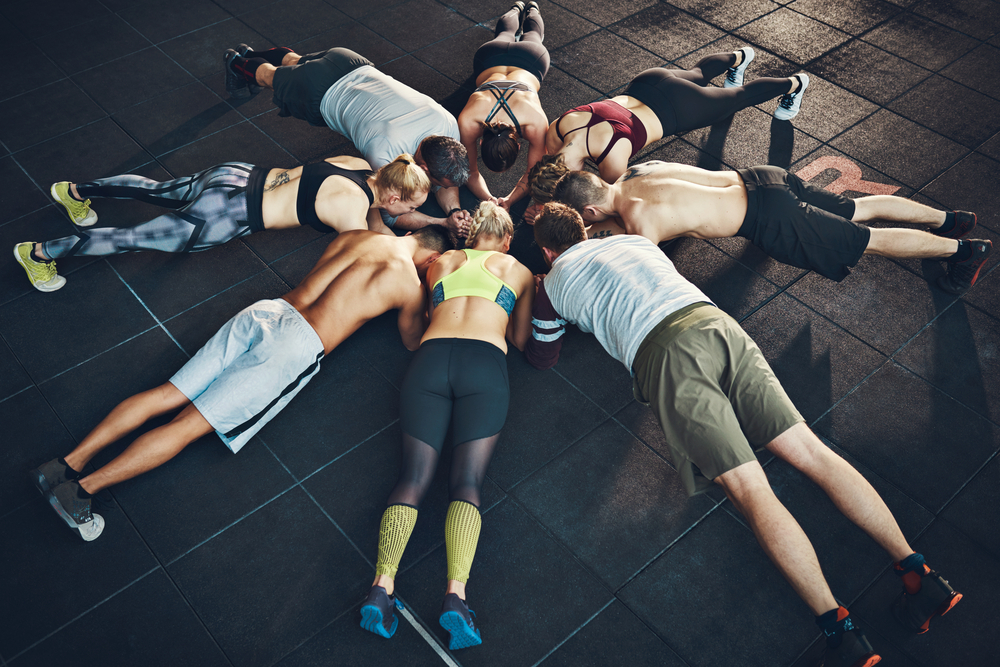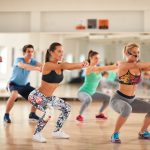
Haven’t we all walked into a gym and felt a little out of place? Or experienced a moment of hesitation before embarking on a new exercise regime, unsure if we’d be able to keep up with the pace or meet the physical demands of the class? You’re not alone – in fact, these feelings are a big part of why fitness instructing is such a skilled craft. Tailoring fitness programmes to cater to a variety of abilities and age groups can be a complex task, requiring both understanding of physical capabilities and a flair for motivation.
In this blog post, we’ll delve into the art of adapting fitness classes for various age groups. We’ll explore the concept of inclusivity in fitness, break down the different needs and capabilities of various age brackets, and provide some concrete tips and strategies for making your fitness classes feel welcoming and beneficial for all. So whether you’re a seasoned fitness instructor seeking fresh inspiration, or a gym owner looking to shake things up and cater to a wider audience, we’ve got you covered!
Understanding the Dynamics of Age and Fitness
Our bodies evolve with age, altering the type of physical activities we may engage in efficiently and safely. Understanding this dynamic is crucial for adapting your class. Beginners might need low-impact workouts with a slower pace, while older adults could benefit from balance exercises. On the other hand, younger, more experienced folks might desire high-intensity, adrenaline-pumping routines. Considering these differences and planning accordingly ensures everyone receives an effective workout.
Embracing Inclusivity in Fitness
Every person, regardless of age, should feel welcomed into fitness spaces. This sense of inclusivity can be cultivated by maintaining open conversations about comfort, difficulties, or fitness goals, and by demonstrating modifications for exercises that might be challenging for some. This fosters an encouraging environment for everyone to pursue their fitness journey with gusto.
Tailoring Programs to Specific Age-brackets
Designing routines for specific age groups allows for more specialized and effective workouts. For children, focus on fun, game-like movements to promote physical activity. For older adults, emphasizing mobility and strength exercises can vastly improve daily functioning and autonomy.
Tapping into Tech-Driven Solutions
Leverage technology to enhance your classes. From apps that help monitor progress, to virtual reality experiences that make workouts more exciting, the tech tools available to fitness professionals are varied and powerful.
The Challenges and Rewards of Adaptation
Any changes can bring challenges, but remember that the rewards of creating inclusive fitness spaces are far greater. You’ll not only cement a positive reputation but also help individuals meet their fitness goals in a supportive environment.
The Role of Continued Learning
Continuing to educate yourself about fitness adaptation strategies can keep your practices fresh, exciting, and inclusive. Seek out opportunities for professional development, like workshops, conferences, or online courses.
Conclusion:
With creativity and a spirit of inclusivity, the art of adapting fitness routines for various age groups becomes not just feasible but also exciting. It invites growth, for both the instructor and the participants. And in embracing the richness that a diverse mix of ages brings to the fitness space, we are reminded that fitness, at its core, is a universal pursuit. Through understanding, empathy, and continuous learning, every fitness professional has the potential to craft classes that genuinely speak to everyone, regardless of their age.






Leave a Reply